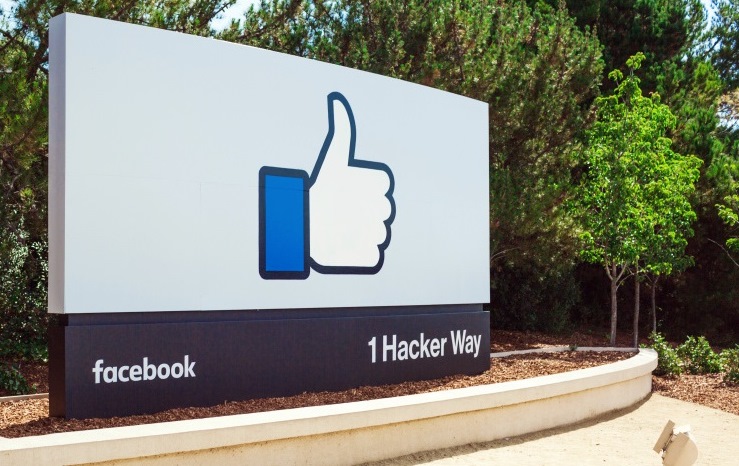BT says it has become the first operator in Europe to aggregate four carrier components in a 5G standalone live network.
Most 5G networks are non-standalone, meaning 5G is supported by existing 4G infrastructure.
BT said that 5G carrier aggregation over a standalone network, which involves combining several transmission bands into one connection, represents a "major leap forward" in the evolution of 5G infrastructure.
The company has been working in collaboration with Nokia to combine the four low-band and mid-band radio channels using Nokia’s 5G Radio Access Networks (RAN) technology in EE’s live network spectrum
The UK telecoms business said that the move marks the next phase of 5G on its EE mobile network.
“Our trial with Nokia is another demonstration of building the most advanced network for our customers," said Greg McCall, managing director, service platforms, BT. "5G Standalone, coupled with edge compute, will unlock new opportunities for customers looking to develop new services.
"Furthermore, this technology showcases what’s possible for devices in the future in terms of supporting carrier aggregation, which is an important part of customer experience.”
The trial was conducted in two stages, first performed in BT’s Radio Lab in Bristol, and then moved outdoors, onto a radio mast at BT’s Adastral Park in Suffolk.
“We are once again delighted to be deepening our partnership with BT, supporting them with our industry-leading Carrier Aggregation technology for this trial," said Mark Atkinson, senior vice president, RAN PLM, Nokia. "Nokia and BT have a long history in investing in cutting-edge technologies and this trial is another example of what our companies can achieve together.”
Latest News
-
US pauses UK tech prosperity deal over wider trade disputes
-
Ofcom investigates BT and Three after summer outages disrupted 999 calls
-
Monzo announces plans to buy digital mortgage broker Habito
-
Technology secretary launches Women in Tech Taskforce
-
Asahi weighs dedicated cybersecurity unit after ransomware disruption
-
Crypto exchange HashKey ‘raises $206m’ in Hong Kong IPO
The future-ready CFO: Driving strategic growth and innovation
This National Technology News webinar sponsored by Sage will explore how CFOs can leverage their unique blend of financial acumen, technological savvy, and strategic mindset to foster cross-functional collaboration and shape overall company direction. Attendees will gain insights into breaking down operational silos, aligning goals across departments like IT, operations, HR, and marketing, and utilising technology to enable real-time data sharing and visibility.
The corporate roadmap to payment excellence: Keeping pace with emerging trends to maximise growth opportunities
In today's rapidly evolving finance and accounting landscape, one of the biggest challenges organisations face is attracting and retaining top talent. As automation and AI revolutionise the profession, finance teams require new skillsets centred on analysis, collaboration, and strategic thinking to drive sustainable competitive advantage.
© 2019 Perspective Publishing Privacy & Cookies


.png)








Recent Stories